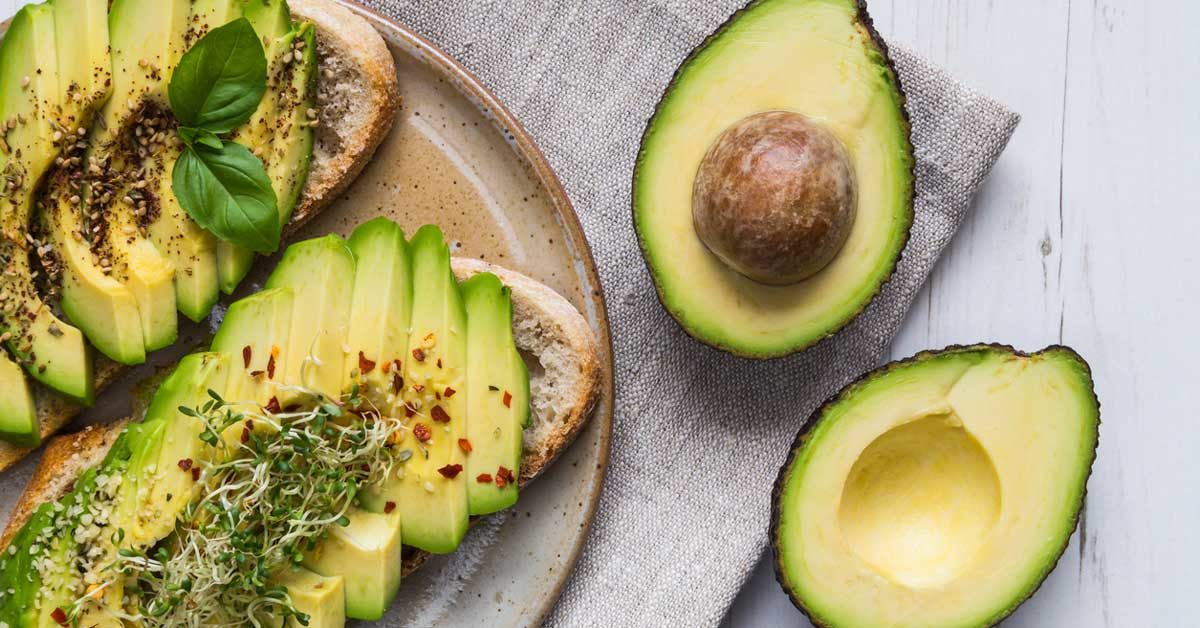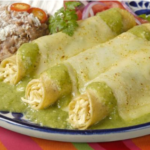Avocado is considered by many to be a super food, both for its large number of nutrients and for its multiple culinary uses. The avocado comes from tropical climates and offers us captivating flavors that are similar to some varieties of hazelnuts, as its texture is creamy but firm.
For these reasons, whenever we go shopping we are tempted to make room for it on our grocery list. But where do you usually put it? In the column of fruits or vegetables? Is avocado a fruit or a vegetable? Here’s the dilemma, we are going to clarify this doubt together and, at the same time, we will learn about many of the benefits of this incredible food.
Differences between fruits and vegetables
Before clarifying our doubts about avocados, it is important that we clarify what are fruits and what are vegetables. What differentiates both? These are usually the most common definitions we hear:
- Fruits are sweet and vegetables are not.
- Fruits are the only ones that are consumed in sweets.
- The vegetables are green.
How many do you think are myths and how many do you think are true? The truth is that none, since most are products of conventionalism and customs. For example, chayote is a food that denies all these definitions:
- Chayote is not sweet, as it contains 1 g of sugar per 100 g.
- However, it is consumed both in desserts and in salads and meats, since its neutral flavor and absorbent texture make it an excellent thickener and yielding food.
- It is green on the outside, but its internal texture is white, fleshy and with seeds.
Knowing this, would you say chayote is a fruit or a vegetable? It’s a fruit! These are the differences between fruits and vegetables, studied from a botanical and biological point of view:
- The fruits are the fertilized ovary of the plant, inside them are the seeds.
- Vegetables come from any other part of the plant. According to their origin, vegetables are classified into seeds, tubers, roots, stems, leaves, bulbs and flowers.
Although vegetables are a little more difficult to differentiate between them, fruits and vegetables are much easier to identify, since it all boils down to whether they have seeds or not. Simple truth?
Avocado: vegetable or fruit?
Now yes, our question of the day, will the avocado be a fruit or a vegetable? Let’s review the characteristics of the avocado:
- The avocado or avocado is a tropical food.
- Its shape can resemble a cucumber, a pear or an apple, depending on the variety.
- It has a green color on the outside (the tone varies) and yellow on the inside.
- Its flavor is subtly reminiscent of hazelnuts.
- Its pulp is creamy and surrounds a large seed (some call it a bone).
Avocado is eaten in sandwiches, soups, detox juices, as an accompaniment to some meals, in salads and even in many desserts (especially vegan). Therefore, its uses are very versatile. Knowing the differences between fruits and vegetables, it is easy to realize that the avocado is a fruit, even if it only has a single large seed.
Avocado Benefits
If we talk about benefits, vegetables in general have many proven virtues and many others yet to be discovered. However, we could consider the avocado one of the most nutritious and complete fruits that exist. These are the most important benefits of avocado:
- Promotes the growth and repair of muscle mass.
- Like the banana, it provides a feeling of relaxation and well-being to those who consume it. In the case of avocado, the person responsible for so much happiness is vitamin B3, which acts on the central nervous system.
- Lowers stress levels. The beta sit sterol (hormone) present in this fruit favors the control of cortisol, known as the stress hormone.
- It produces satiety and favors the loss of body weight. Avocado can be a great ally in slimming diets, as long as you consume it in moderation.
- Reduces joint inflation, especially in case of arthritis.
- It favors pregnant women and children, thanks to its important contribution of folic acid.
- It improves the digestion of other fruits and vegetables, thanks to its natural fats.
- It has powerful antioxidant qualities, which are very effective in natural beauty treatments; for example, hair and skin treatments.
Other frequently asked questions about fruits and vegetables
If after resolving the question of whether the avocado is a vegetable or a fruit, you still have questions about other foods, then we venture to unmask the true identity of some vegetables. We will group all the foods by their common attribute: their purifying and detoxifying power. Of all these purifying foods for the body, which is fruit and which is vegetable?
Is strawberry fruit or vegetable?
Strawberries are very sweet and widely used in baking. Strawberries are globular or spherical in appearance, their color is vibrant red and they are made up of a large multitude of small seeds. Is strawberry fruit or vegetable? Well… neither of them!
Strawberries are infructescences, a set of attached fruits that, as a group, take the shape of a normal fruit. In other words, the little seeds of strawberries are actually the fruit and, grouped together, they have the appearance of a fruit.
Strawberries are diuretic and laxative, so they are ideal for keeping your body free of impurities.
Is onion a fruit or a vegetable?
Onions are good in soups, sandwiches, stews, sauces, pies, and even ice cream (yes, there is onion ice cream). It is bulb-shaped, has many layers, and ends up being hollow. For this reason, the onion is a vegetable (a bulb, specifically), since it does not have a seed.
Onions have sulfur compounds that remove toxins from the body. At the same time, its minerals favor the elimination of body fluids.
The tomato: fruit or vegetable?
A Bloody Mary without tomato is not a Bloody Mary; just like a Neapolitan pizza without tomato is not Neapolitan pizza. Tomatoes are spherical and generally have a deep red color. They have a fleshy pulp and are full of seeds. So is the tomato a fruit or a vegetable? Although they seem otherwise, tomatoes are fruits.
Tomatoes are diuretic and calming. They also purify the liver and delay aging.
Is lemon a fruit or vegetable?
This is the last one and it’s not that difficult, you’ll see. Lemon is good in both desserts and meals. Its shape is spherical (some types are slightly elongated); its pulp is juicy and contains seeds. Taking all this into account, it is easy to decipher that the lemon is a fruit.
Lemon is a fruit that can help cure more than 150 diseases and its qualities include its detoxifying power, its alkaline power and its diuretic and laxative capacity.



